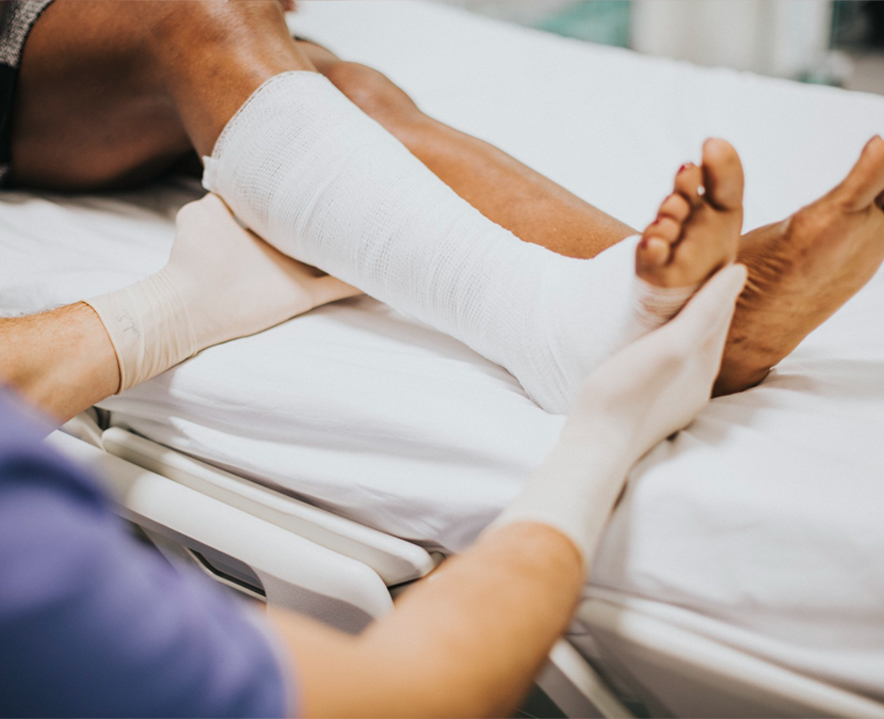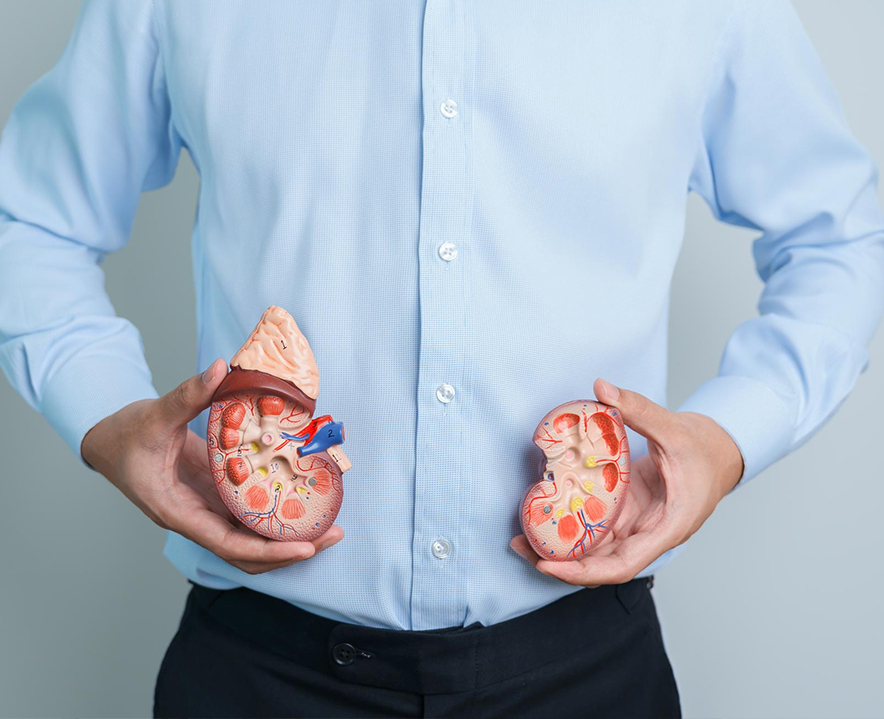Have you ever wondered how bones heal, regenerate, and hold themselves together? Everybody in their life might have at least once faced a broken bone or any form of orthopaedic disease or injury. If, you are a curious soul like me, then you have come to the right place. In this article, we will be discussing the most common orthopaedic injuries and how we can prevent them.
Bones, muscles, and joints, along with cartilage, tendons, ligaments, and connective tissue, make up the musculoskeletal system. This system is responsible for providing structure, shape, and support to our body. When a strong external force is applied to our bones or joints, which is when we suffer orthopaedic injuries. There can be a multitude of reasons behind it, such as accidents, natural calamities, strong falls, physical violence, or even a simple twisting of the wrist or ankle. People with weak bones, athletes, and older people are more likely to suffer from orthopaedic injuries. As we grow older or our bones are more likely to become weak, this is another possible cause for these injuries.
Some of the most common orthopaedic injuries include
Dislocations occur at the joint where two bones meet. The two bones get separated from their original place, and it is immensely painful and restrictive. Fingers, shoulders, hips, and elbows are the common points of dislocation.
Fractures are one of the most common injuries. A break in the bone is called a fracture. It can either be a partial fracture or a complete separation of the bone. It is extremely painful and takes longer to heal. There are various types of fractures, such as stress fracture, compression fracture, stable fracture, open fracture, oblique fracture, transverse fracture, and so on.
Impingement is a condition where the tendons of the shoulder are pinched due to reasons such as an inflamed bursa, swollen tendons, etc. In other words, it is the rubbing of the rotator cuff between your humerus [the bone of the upper arm] and the top outer edge of your shoulder.
Overuse injuries are repetitive activities for a longer duration of time that lead to the tearing of tissue, or, in other words, inflammation.
Sprains: the stretching, pulling, or tearing of the ligaments around the joints is known as a sprain. It is very common and can be caused by various direct or indirect injuries, such as walking on an uneven surface, improper landing of the feet, or falling or slipping on a wet surface. Sprains can occur in the wrist, ankle, knee, and so on.
Meniscus tear: it occurs due to forcefully twisting or rotating the knees.
Common causes of orthopaedic injuries
Orthopaedic injuries are very common, and the majority of people might have definitely faced them at some point in their lives. Some of the most common causes of these injuries are as follows:
- Overuse
- Poor posture
- Age-related changes
- Trauma
- Genetic factors
- Medical conditions
Basic treatments for orthopaedic injuries
The type of orthopaedic treatment that your healthcare provider might suggest depends on two basic factors, i.e., the severity of the condition and the type of the condition.
- Rest, ice, compression, and elevation (RICE)
- Physical therapy
- Braces, splints, and casts
- Medications
- Surgery
- Injections
Wrapping up
Orthopaedic injuries are extremely painful and require a lot of care. Bones tend to take a long time to heal. One must be careful and should take care of their bones by maintaining a proper diet and exercising regularly. People should also include calcium in their diet to keep their bones healthy and strong.








